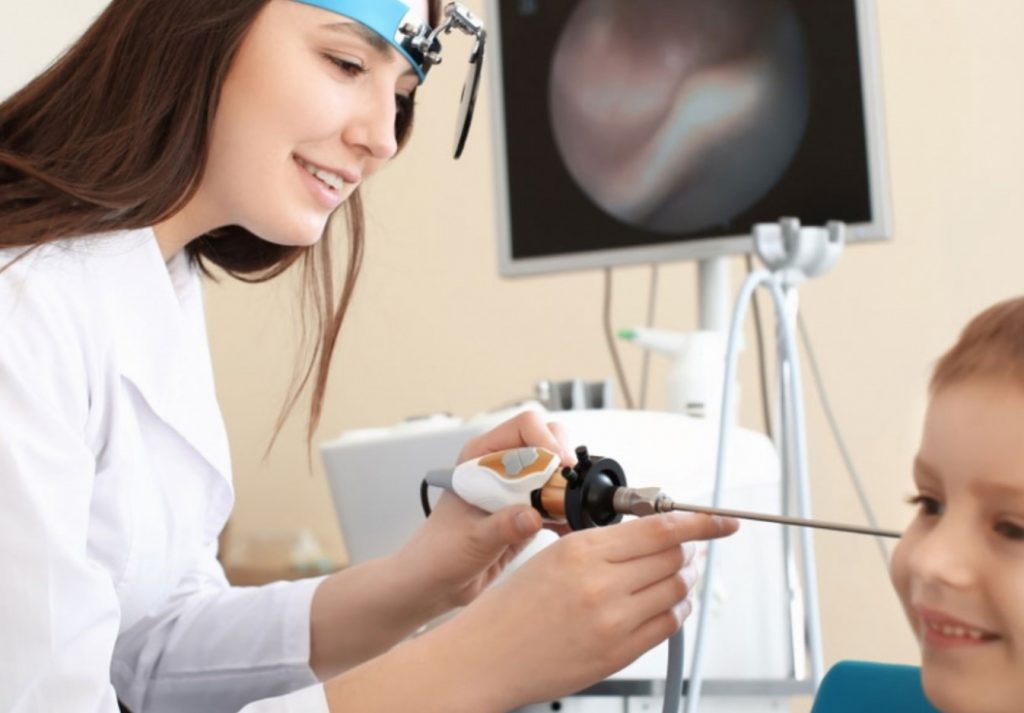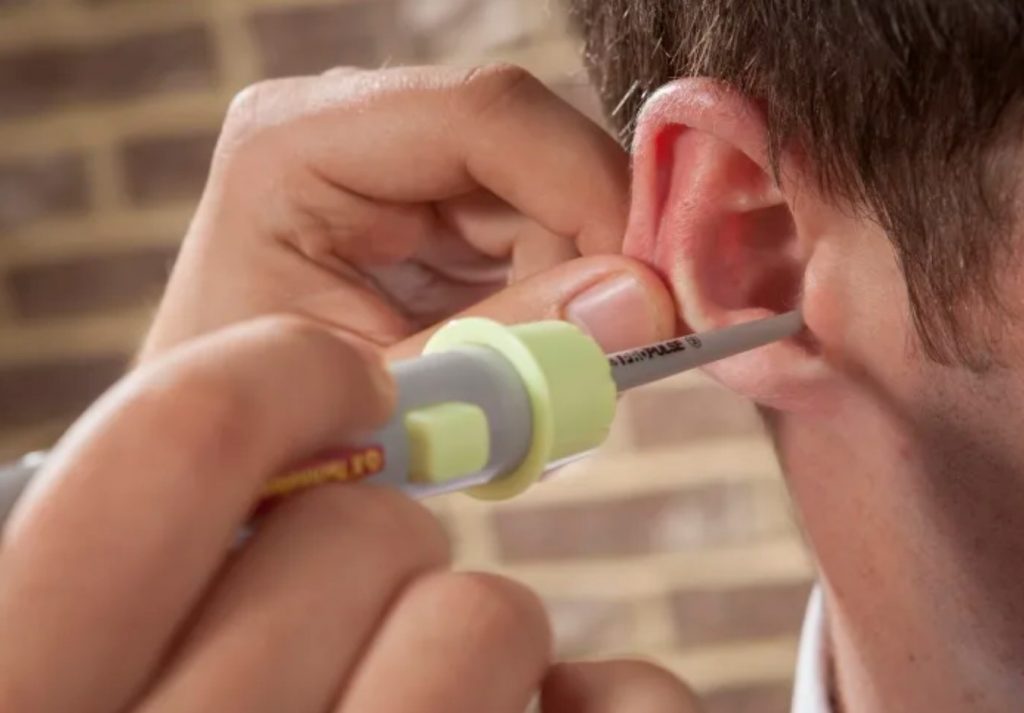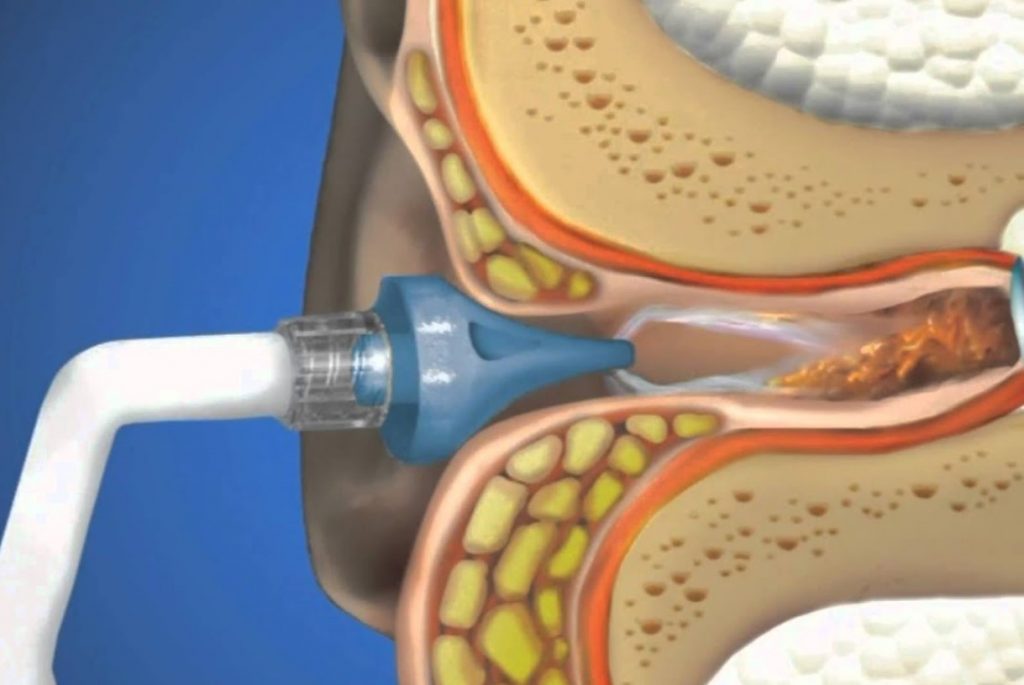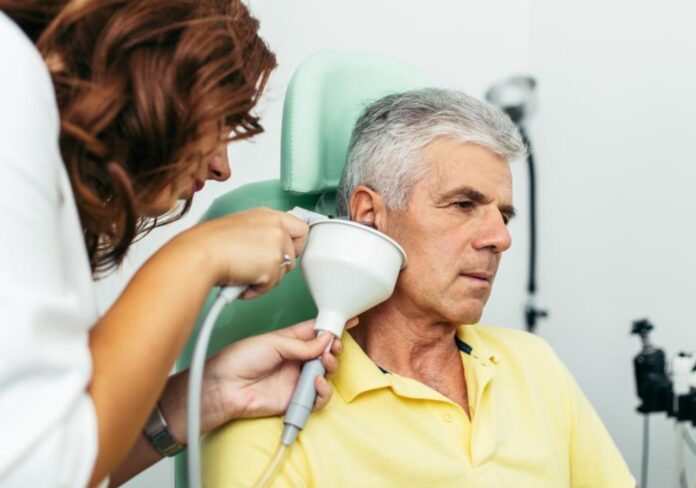Your ears do clean themselves well and basically do not require extra help in doing this. Nonetheless, you must take good care of your ears to prevent infections.
Ideally, your ears would only need cleaning when there’s too much wax buildup in them that they begin to show worrisome symptoms, or it becomes a challenge for your doctor when helping you with the ear exams. Such may happen when earwax fills your ear canals.
In such instances, you may need an appointment with an ENT Specialist. Click here, if you feel stuck in the process and don’t know whom to turn to.

When to see you ENT Specialist for Ear Wax Removal
The earwax buildup that causes symptoms is rare, but there’s some chance you may get it. Here are some of the symptoms that may warrant an appointment with your ENT specialist for an ear exam to help with wax buildup.
- Ringing in the ears: This condition is medically known as tinnitus
- Stuffy ears that’s associated with pain
- Ear discharge, foul smell, or itching in the ears
- Partial hearing loss which only worsens with time
- Plugging sensation in the ears and
- Coughing
Such symptoms may not just be indicative of severe earwax buildup but also an ear infection that needs to be handled with care. If you report these symptoms, your ENT specialist will use a special device, usually an endoscope to examine your ears and determine if there may be any need to remove your earwax.
There are multiple options that your ENT specialist can choose from when determining the best way to clean your ears. Some of the common options that may consider include;
- Ear vacuuming or suction where they use a special instrument to suction, pull, or scoop out the wax from your ears or;
- Ear irrigation where they will use a special ear irrigation kit to flush out the buildup wax from your ears

1. Ear Vacuuming
If your ENT specialist recommends ear vacuuming, here is a roundup of some of the things you can expect during your treatment.
- Your ENT specialist will use a special medical suction/vacuuming device to suck out or pull out the wax from your ears. This procedure is basically painless implying, that you should not feel any pain during the treatment.
- For this procedure, the ENT doctor will carefully insert a suction tube in your ears. They will then fit very thin steel at its end to help in gently sucking out the earwax from your ear canal.
- Before being approved for this procedure, you will need a consultation with the ENT specialist to review your medical history. You can expect some of the questions you will be asked during this initial assessment to touch on your ear health and to check if you have had any form of ear surgeries in the past.
- From there, they will use a microscope to examine your ears before beginning the process of carefully and safely removing the buildup earwax. This treatment is done on an outpatient basis implying that you can expect to go back home after the treatment.
Most ENT specialists prefer this procedure because it gives them a great view of your ear canal and the buildup earwax. It is also safe even for patients who struggle with other conditions like a mastoid cavity, and perforated eardrums, etc.
This procedure is not entirely risk-free, meaning that you will also need to acknowledge its limitations before your treatment. However, the chances of getting complications from the procedure are considerably low. Some of the complications or limitations that you may need to know, though very rare, include; eardrum or ear canal damage or perforations, and in some cases, the noise from this treatment may not be really comfortable.

2. Earwax Irrigation
You can have your earwax irrigation done at home or safely done by your ENT specialist at their clinic or office. This procedure involves the use of an irrigation kit that comes with a bulb syringe.
Here is a roundup of what you can expect during earwax irrigation;
- Your ENT doctor will firstly do a thorough ear exam to be certain that the symptoms you’re getting are due to excess earwax buildup or foreign materials in your ears and not anything serious. They can do an earwax buildup diagnosis using a special instrument known as an otoscope, which will be inserted into your ears to shine light into it and magnifies the image from inside.
- If they determine that the symptoms you’re getting are due to earwax buildup, they will use a syringe-like tool to irrigate your ears. The irrigation, in this case, is done using a saline mixture and water that’s gently pushed into your ears. If you wish to do this procedure at home, you will need to source these items from a reputable vendor and use them to flush out the wax from your ears. For this procedure, your ENT specialist will irrigate your ears until all the wax is softened.
- After irrigating your ears, they will flush out the wax using a saline mixture or just water. As is the case with the suction technique, this treatment also comes with a few risks that may need to be addressed before you’re given the nod to proceed with it.
For instance, a qualified ENT specialist will not recommend this treatment if you’re dealing with a case of damaged tubes inside the ears or damaged eardrums. It will also not be recommended for you if you’re currently dealing with an active ear canal infection.
Even though this treatment is safe with high success rates, it comes with a few risks, which you will need to acknowledge before your ENT doctor can kick-start the treatments. For instance, there’s a risk of suffering perforated eardrums.
There’s also a risk of getting an ear infection. Other complications that are very rare but may occur include temporary or permanent deafness and vertigo. As a basic rule of thumb, your best bet in minimizing risks of complications or avoiding them is by working with a fully-qualified ENT specialist.

Do you Need Help Removing Wax from your Ears?
If you find removing wax from your ears troublesome, chances you’re dealing with a complicated situation like impacted ear wax, for example. In extreme cases, you may need surgery to remove the impacted ear wax.









